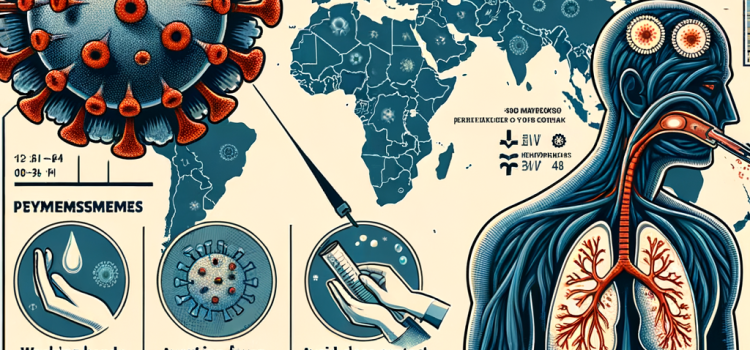
Avian Flu: Jumping to Humans?
Avian influenza, commonly known as avian flu or bird flu, refers to influenza viruses that primarily infect birds but have the potential to cross species barriers and infect humans. This zoonotic feature of avian flu has been a significant concern for public health officials worldwide, due to the possibility of mutation and adaptation that could lead to a human pandemic.
Understanding Avian Flu
Avian influenza viruses belong to the family Orthomyxoviridae and are classified into various subtypes based on the combination of hemagglutinin (HA) and neuraminidase (NA) proteins on their surface. The most notorious of these, the H5N1 strain, first detected in humans in 1997 in Hong Kong, has since caused numerous outbreaks across the globe.
Transmission Dynamics
The primary reservoirs of avian flu viruses are wild aquatic birds, which can spread the virus to domestic poultry. The transmission of avian flu to humans can occur through direct contact with infected birds, contaminated environments, or materials such as droppings or bedding. Notably, avian flu is not typically transmitted from human to human, but certain mutations could potentially alter this dynamic, leading to more efficient human-to-human transmission.

Symptoms and Diagnosis
In humans, avian flu can cause a wide range of symptoms, from mild respiratory issues to severe pneumonia, acute respiratory distress, and even death. Diagnosis involves a combination of epidemiological data and laboratory tests, including RT-PCR, which detects the viral RNA, and serological testing for antibodies.
Public Health Implications
The jump of avian flu from birds to humans poses a significant public health risk, primarily due to the lack of immunity in the human population against these viruses. The high mutation rate of the virus increases the risk of a pandemic strain developing, which could spread globally with severe consequences.
Prevention and Control
Preventative measures are critical in managing the risk of avian flu. These include stringent biosecurity practices in poultry farming, surveillance of wild and domestic bird populations, and rapid culling of infected or exposed birds. Vaccination of poultry against avian flu can also be an effective strategy, although it requires constant adaptation of the vaccines to emerging strains.
Global Health Strategies
Internationally, organizations like the World Health Organization (WHO), the World Organisation for Animal Health (OIE), and the Food and Agriculture Organization (FAO) collaborate to monitor and respond to avian flu outbreaks. These efforts include providing guidelines for countries to manage outbreaks, conducting research on avian influenza, and facilitating global surveillance networks.
Future Challenges
The ongoing challenge with avian flu is its unpredictable nature and the potential for the virus to mutate in ways that could facilitate a pandemic. Continued research and surveillance are essential to understand the mechanisms of cross-species transmission and to develop effective strategies to mitigate the impact of potential outbreaks.
Conclusion
While the transmission of avian flu to humans remains relatively rare, the potential consequences of such events are severe. Global cooperation, robust surveillance, and proactive prevention strategies are crucial in managing the risks associated with avian flu. Public awareness and education also play a key role in preventing the spread of this virus, ensuring that populations worldwide can respond effectively to potential outbreaks.
By maintaining vigilance and advancing our scientific understanding of avian influenza, we can better protect both animal and human health from this ever-present threat










